20 Authentic Traditional Greek Vegetable Dishes to Delight In
Greek vegetable dishes represent a vibrant culinary tradition rooted in Mediterranean agriculture and seasonal bounty.
Fresh, colorful ingredients dance across plates with remarkable simplicity and profound flavor profiles.
Regional landscapes influence each recipe's unique character, transforming humble produce into extraordinary meals.
Farmers and home cooks have perfected techniques passed through generations, creating recipes that celebrate natural ingredients.
Mediterranean climate provides ideal conditions for growing robust, nutrient-dense vegetables that become centerpieces of delightful preparations.
Herbs and olive oil elevate these dishes from mere side plates to compelling main attractions.
Nutritional wisdom blends seamlessly with cultural heritage in these remarkable vegetable creations.
These 20 traditional Greek vegetable dishes will spark your appetite and transport you to sun-drenched landscapes:
Traditional Greek Vegetable Dishes for Mediterranean Meals
Greek cooks bring garden-fresh vegetables to life with olive oil, herbs, and a touch of lemon. Each dish captures the heart of the Mediterranean diet and hospitality.
Yemista
Yemista are Greek summer vegetable vessels bursting with flavorful rice and vegetable fillings, baked to golden perfection in traditional ovens.
Mediterranean gardens inspire this versatile vegan dish that sometimes incorporates ground meat for added richness.
Tomatoes and green peppers form the primary vegetable containers, carefully hollowed and stuffed with seasoned rice and chopped vegetable interiors.
Summer's peak produce ensures maximum taste and nutrition in each carefully prepared bite.
Greeks consider this dish a seasonal staple that celebrates fresh ingredients and simple cooking techniques.
Regional variations allow home cooks to experiment with different vegetable types and spice combinations.
Garnished with tangy Greek yogurt and accompanied by feta cheese, yemista offer a complete and satisfying meal.
Authentic preparation requires patience and attention to detail, transforming simple ingredients into a memorable Mediterranean experience.
Kolokithakia Tiganita
Kolokithakia tiganita are crispy Greek zucchini fritters that transform fresh summer vegetables into a popular Mediterranean street food snack.
Greeks slice zucchinis thin and coat them in light flour or egg batter before deep-frying until golden brown and crunchy.
Traditional tavernas and home kitchens across Greece serve these addictive fritters as appetizers or meze alongside tangy tzatziki or garlicky skordalia dips.
Restaurants often sprinkle the fritters with crumbled feta or fresh herbs like oregano and mint for extra flavor.
Rural Greek families typically prepare kolokithakia using zucchinis grown in their own gardens during summer months.
Sea salt and black pepper provide simple seasoning that highlights the vegetable's natural taste.
Olive oil creates the signature crisp texture that makes these fritters irresistible.
Street vendors and home cooks share this generations-old recipe that celebrates fresh, seasonal ingredients.
Gigantes Plaki
Gigantes plaki are large white Greek beans baked in a rich tomato sauce bursting with Mediterranean herbs like oregano, parsley, and mint.
Fasolia gigantes, the authentic Greek bean variety, gives this traditional dish its massive size and distinctive character.
Greeks serve gigantes plaki as a hearty main course or popular meze accompaniment with crusty bread.
Tomato sauce provides a tangy base that perfectly complements the creamy bean texture.
Herbs infuse deep flavor into each tender bean, creating a simple yet satisfying meal.
Mediterranean culinary traditions shine through this rustic preparation method.
Vegetarian-friendly ingredients make it accessible for many diet preferences.
Slow baking allows beans to absorb complex herbal and tomato notes, resulting in a comforting Greek classic.
Tomatokeftedes
Tomatokeftedes are Greek tomato fritters originating from Santorini, a picturesque island famous for its unique Tomataki Santorinis tomatoes.
Small crispy patties burst with intense Mediterranean flavors from diced tomatoes, crumbled feta, chopped onions, and fresh herbs like mint and parsley.
Zucchini and traditional Greek spices add depth to these golden-brown appetizers.
Locals prepare them by mixing ingredients, forming small rounds, and deep-frying until perfectly crisp.
Restaurants and home kitchens serve tomatokeftedes as a popular meze or light main course.
Creamy tzatziki or fava dips complement their rich taste and texture.
Summer gatherings and taverna menus frequently feature these irresistible fritters.
Greeks consider them a beloved summer dish celebrating fresh, local ingredients.
Kolokythoanthoi
Stuffed zucchini flowers represent a delicate Mediterranean delicacy featuring edible blossoms carefully filled with seasoned rice, herbs, and vegetables.
Originating in Greek cuisine, these tender flowers transform simple ingredients into an elegant appetizer or side dish.
Mediterranean cooks traditionally prepare them by slowly baking rice-filled blossoms or quickly frying batter-coated versions.
Turkish culinary traditions share a similar preparation called kabak cicegi dolmas.
Yogurt serves as a classic accompaniment, adding a cool and creamy contrast to the warm, herbal stuffing.
Zucchini flowers require gentle handling and precise cooking techniques to maintain their soft texture.
Summer gardens often yield these delicate blossoms, making them a seasonal specialty.
Fresh herbs and high-quality rice contribute significantly to the dish's authentic flavor profile.
Briam
Briam is a rustic Greek vegetable medley that celebrates seasonal produce through simple, slow-roasted excellence.
Mediterranean kitchens transform humble vegetables like potatoes, eggplants, zucchinis, and tomatoes into a mouthwatering one-pan masterpiece.
Generous olive oil coats each vegetable slice, infusing deep Mediterranean flavors during slow baking.
Herbs and spices enhance the natural sweetness of each ingredient, creating a harmonious blend that melts in your mouth.
Greeks serve this versatile dish as a hearty main course or satisfying side alongside crusty bread and optional feta cheese.
Seasonal vegetable variations make briam a flexible recipe that adapts to available ingredients.
Fasolada
Fasolada is Greece's national comfort soup brimming with hearty white beans, vegetables, and deep historical significance.
Greeks have cherished this protein-packed dish since ancient times when Alexander the Great's armies survived on simple ingredients like beans and olives.
Mediterranean kitchens prepare fasolada with dried white beans simmered alongside onions, celery, and ripe tomatoes.
Orthodox Christians especially enjoy this nutritious soup during Lent as a satisfying meat-free meal.
Olive oil drizzled generously on top adds richness and traditional flavor to the humble recipe.
Winter meals often feature this warming soup as a central dish for families gathering around the table.
Regional variations exist across Greek and Cypriot regions, each adding subtle local touches.
Historical records suggest fasolada has nourished generations since classical antiquity, connecting modern diners with centuries of culinary tradition.
Fasolakia
Fasolakia represents a hearty Greek summer vegetable stew packed with green beans slow-simmered in olive oil and fresh tomatoes.
Mediterranean home kitchens transform simple ingredients into a nourishing one-pot meal bursting with robust flavors.
Greeks prepare this vegetarian dish with tender green beans swimming in rich tomato sauce and aromatic herbs like parsley and dill.
Onions and potatoes frequently join the vegetable medley, adding extra depth and texture to the recipe.
Families typically serve fasolaka warm or at room temperature with crusty bread and optional crumbled feta cheese.
Rural Greek regions especially cherish this traditional summer staple as a nutritious main course.
Regional variations include adding zucchini or carrots for additional complexity.
Extra virgin olive oil provides the signature smooth, silky base that makes this dish a classic Mediterranean comfort food.
Prasorizo
Prasorizo are succulent Greek rice and leek grounds simmered into a deeply comforting Mediterranean side dish celebrated for its simple yet robust flavor profile.
Mediterranean kitchens transform leeks and rice through careful sautéing and gentle cooking techniques that create a rich, herbaceous texture.
Greeks traditionally prepare this vegetarian plate with minimal ingredients like olive oil, salt, fresh herbs, and occasionally a splash of lemon juice for brightness.
Home cooks often customize prasorizo by adding seasonal vegetables or serving it alongside feta cheese for extra depth.
Rural Greek families have enjoyed this humble dish for generations as an economical and nutritious meal option.
Leeks provide a mild onion-like essence that perfectly complements fluffy white rice's neutral base.
Olive oil acts as the primary cooking fat, infusing the entire dish with smooth, Mediterranean warmth.
Prasorizo serves as a versatile side dish or light main course that reflects Greece's straightforward culinary traditions.
Sofegada
Sofegada is a rustic Cretan vegetable stew celebrating seasonal produce with remarkable flexibility in ingredients and preparation.
Mediterranean farmers created this versatile dish to maximize local harvests by combining zucchinis, peppers, potatoes, eggplant, leeks, and tomatoes into a single hearty meal.
Dating back to the early 20th century, sofegada traditionally simmered in clay pots and offered a nutritious option during religious fasting periods.
Cretans sometimes enhance the stew with seafood or snails for additional protein and depth of flavor.
Greeks often prepare this dish as a standalone main course, complemented by crusty bread for soaking up rich vegetable juices.
Home cooks enjoy customizing sofegada based on available ingredients and personal preferences.
Feta or myzithra cheese frequently tops the stew, adding creamy texture and salty notes.
Regional variations reflect the agricultural abundance of different Cretan microclimates and family cooking traditions.
Arakas Me Aginares
Arakas me aginares showcases Greek cuisine's simple yet elegant vegetable harmony, blending tender artichokes and sweet peas in a bright lemon-drenched sauce.
Mediterranean kitchens transform this classic dish with fresh seasonal ingredients like potatoes and herbs.
Greeks traditionally prepare arakas me aginares as a light vegetable side that celebrates spring's bounty.
Dill provides a signature herbal note complementing the zesty lemon base.
Tomatoes or tomato preserves occasionally enhance the dish's depth and color.
Mediterranean olive oil creates a smooth, silky texture binding ingredients together.
Regional variations reflect local garden harvests and family recipe traditions.
Vegetarian and gluten-free eaters particularly enjoy this nutritious Greek vegetable medley.
Anginares A La Polita
Anginares a la polita is a traditional Greek vegetable stew celebrating artichoke's rich flavor and cultural significance from Istanbul's culinary heritage.
Mediterranean kitchens transform tender artichoke hearts into a zesty one-pot meal bursting with seasonal vegetables like carrots, onions, and potatoes.
Greeks historically connected this dish to Constantinople, their beloved city known as Polis, reflecting deep urban cooking traditions.
Fresh herbs and bright lemon juice enhance the artichokes' natural earthiness, creating a balanced and refreshing profile.
Olive oil gently simmers all ingredients, allowing each vegetable to develop complex, layered tastes.
Peas add subtle sweetness and textural contrast to the stew's soft components.
Home cooks typically prepare this dish during artichoke season in spring, when ingredients are most abundant and flavorful.
Mediterranean families serve anginares a la polita as a comforting main course or elegant side dish that showcases Greece's vegetable-forward cuisine.
Bamies
Braised okra showcases Greek culinary mastery through its simple yet flavorful preparation of tender vegetable pods simmered in rich olive oil.
Greeks transform okra into a delicious vegetable dish by slowly cooking the pods with sweet onions and ripe tomatoes.
Fragrant herbs like parsley or dill add depth and complexity to the basic ingredients.
Mediterranean olive oil provides a smooth, silky base for braising the vegetables.
Fresh tomatoes contribute natural sweetness and moisture to the dish.
Onions bring a mild, caramelized undertone when softened during cooking.
Okra itself offers a unique texture and subtle earthy flavor that absorbs surrounding seasonings.
Served hot or at room temperature, this versatile dish works perfectly as a light main course or complementary side.
Lachanorizo
Lahanorizo is a nourishing Greek rice dish packed with humble ingredients that transform simple cabbage into a satisfying vegetarian meal.
Mediterranean families have enjoyed this classic recipe for generations as a fasting-friendly option during religious observances.
Rice gets slowly cooked with shredded cabbage, creating a soft and comforting texture that absorbs rich vegetable flavors.
Chopped onions and bell peppers provide additional depth and color to the one-pot meal.
Fresh herbs like dill or parsley add brightness and aromatic complexity to the dish.
Greeks typically prepare lahanorizo as a budget-friendly side or main course during winter months.
Olive oil helps bind the ingredients and provides a smooth, silky finish to the rice.
Traditional preparation involves sautéing vegetables before combining them with rice and simmering until perfectly tender.
Soufiko
Soufiko is a rustic Greek vegetable medley celebrating Ikaria's summer harvest through a simple yet flavorful olive oil-based preparation.
Farmers and home cooks layer seasonal vegetables like eggplants, zucchinis, potatoes, tomatoes, peppers, onions, and garlic in a single pot, creating a rich and aromatic dish.
Fresh herbs such as oregano and sage infuse the vegetables with traditional Mediterranean flavors.
Red wine occasionally adds depth to the cooking process, while optional hot peppers provide a subtle spicy kick.
High-quality local olive oil serves as the primary cooking medium, generously coating each vegetable slice.
Traditionally served with a side of yogurt or local kathouri cheese, soufiko reflects the island's agricultural bounty and minimalist cooking approach.
Oregano sprinkled on top and an extra olive oil drizzle complete this rustic, wholesome dish.
Kounoupidi Kapama
Kounoupidi kapama is a hearty Greek cauliflower stew originating from Messinia, featuring tender cauliflower florets slowly braised in a rich tomato sauce with aromatic spices.
Mediterranean olive oil forms the flavor base as onions and garlic are gently sautéed until translucent and fragrant.
Cinnamon adds warmth and depth to the robust sauce, complementing the sweet tomatoes and earthy cauliflower.
Traditional Greek home cooking embraces this simple yet satisfying vegetarian dish as a comforting meal.
Salt and black pepper enhance the natural flavors of each ingredient.
Family recipes pass down through generations, maintaining the stew's authentic preparation methods.
Messinian kitchens typically serve this dish as a main course or side accompanying grilled meats.
Greek home cooks prepare kounoupidi kapama as a nutritious and flavorful vegetable centerpiece during family gatherings.
Tsigaridia
Sfakiá horta represent a traditional Greek vegetable stew originating from Cephalonia island, showcasing wild green vegetables simmered with tomatoes and aromatic herbs.
These nutritious greens are carefully selected during spring's peak harvest season, creating a rustic and flavorful dish that celebrates seasonal produce.
Local cooks typically incorporate a variety of green vegetables like spinach, chard, leeks, celery, and wild sorrel into the preparation.
Onions provide additional depth and sweetness to the stew's complex flavor profile.
Rice occasionally enriches the dish, adding substance and texture to the vegetable medley.
Mediterranean culinary traditions heavily influence this simple yet satisfying recipe, which highlights fresh ingredients and minimal cooking techniques.
Tomatoes and herbs like oregano and thyme infuse the greens with robust Mediterranean flavors.
Sfakiá horta serve as a healthy, comforting meal that reflects Cephalonia's agricultural heritage and seasonal bounty.
Bourbourelia
Fasolada stands out as Greece's national comfort soup, blending multiple beans into a nourishing Mediterranean staple packed with protein and robust flavors.
Mediterranean farmers traditionally prepared this economical one-pot meal using dried beans, olive oil, and fresh vegetables like tomatoes, onions, and carrots.
Greeks simmer the beans slowly to create a thick, warming soup that sustains energy during cold winters.
Regions throughout Greece feature slight variations in preparation, with some adding celery or parsley for extra depth.
Olive oil provides a smooth, rich base that enhances the beans' natural earthiness.
Regional ingredients often reflect local agricultural traditions and seasonal availability.
Nutritionally dense and inexpensive, fasolada represents simple Greek home cooking at its finest.
Families have enjoyed this hearty soup for generations as a filling and satisfying meal.
Boutridia
Boutridia represents a rustic Greek vegetable stew bursting with Mediterranean flavors from Zakynthos island.
Local Greeks combine fresh seasonal vegetables like beans, eggplants, potatoes, white beets, zucchinis, okra, and tomatoes in this hearty dish.
Garlic and olive oil provide deep aromatic undertones that enhance each ingredient's natural taste.
Cooks carefully sauté most vegetables before seasoning them with salt and pepper.
Traditional preparation involves slow baking the mixture in an oven until vegetables become tender and slightly caramelized.
Regional ingredients ensure maximum freshness and authentic flavor profiles.
Mediterranean cooking techniques transform simple vegetables into a comforting one-pot meal.
Zakynthos farmers and home cooks have perfected this recipe over generations.
Tsigareli
Horta vrasta are traditional Greek wild greens boiled and seasoned with olive oil and lemon, representing a simple yet nutritious staple in Mediterranean cuisine.
Native to Greek islands like Corfu, these dishes highlight seasonal greens including spinach, swiss chard, mustard greens, sorrel, nettles, or dandelion.
Cooks select ingredients based on local availability and personal preference.
Preparation involves boiling selected greens until tender and soft.
Seasoning typically includes high-quality olive oil, fresh lemon juice, and sometimes salt.
Greeks serve horta vrasta as a side dish or light meal, often accompanying fish or meat.
Each region offers unique variations, reflecting local agricultural traditions.
Nutritionists praise these greens for their high vitamin and mineral content.
Why Is Olive Oil So Essential in Greek Vegetable Cooking?
Olive oil is the heart of Greek vegetable cooking, prized not just for its flavor but also for its health benefits and cooking versatility.
It imparts a rich, fruity aroma that enhances the natural taste of vegetables while adding a silky texture.
Beyond taste, olive oil acts as a key ingredient in traditional recipes like briam (roasted vegetables) and gigantes (giant beans), helping to bind flavors and create a satisfying mouthfeel.
Its abundance in the Mediterranean region and cultural significance also make it an indispensable element in Greek cuisine.
Do Greek Vegetable Dishes Require Long Cooking Times?
Many Greek vegetable dishes do involve longer cooking times, especially those that are baked or slow-cooked.
This slow cooking allows tough vegetables and legumes to soften while letting flavors meld beautifully, as seen in dishes like imam bayildi (stuffed eggplant) or fasolakia (green beans in tomato sauce).
However, lighter preparations such as sautéed greens or fresh salads are quick to make, showcasing the fresh, vibrant side of Greek vegetables.
Overall, cooking times vary depending on the dish and desired texture, balancing tenderness with flavor development.

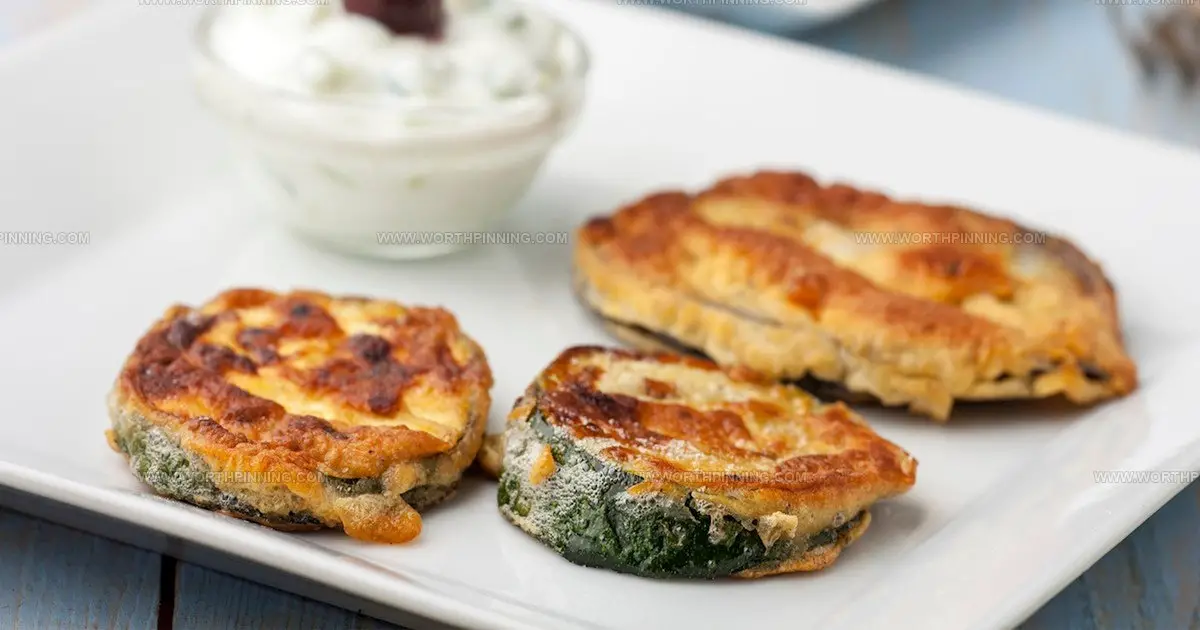
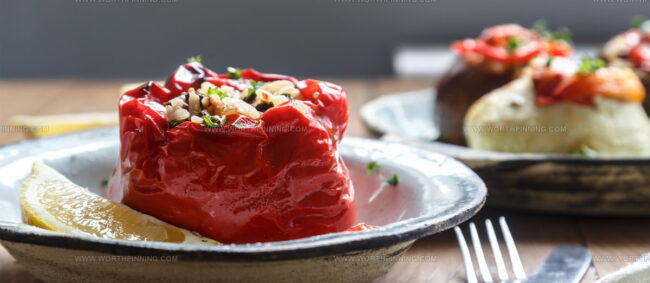

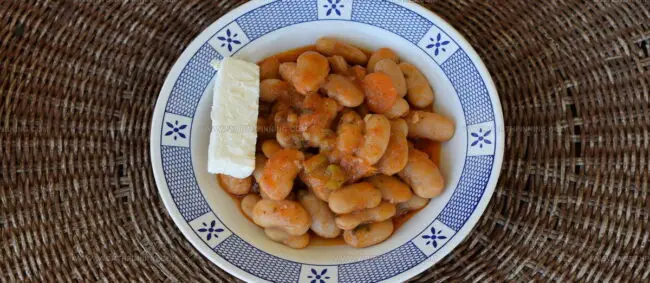

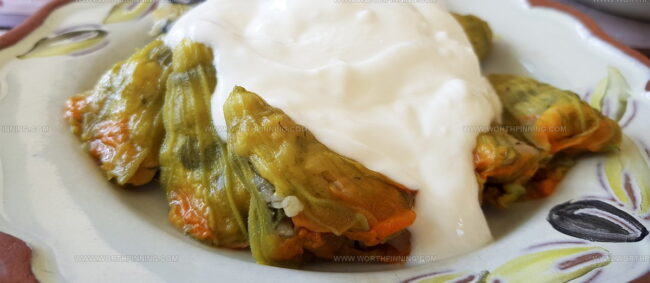
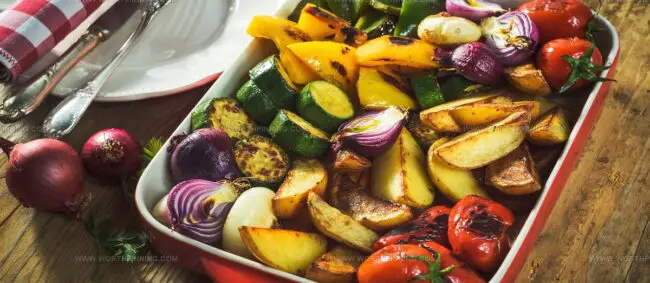
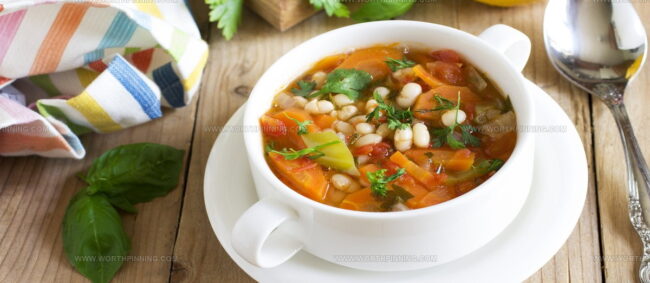
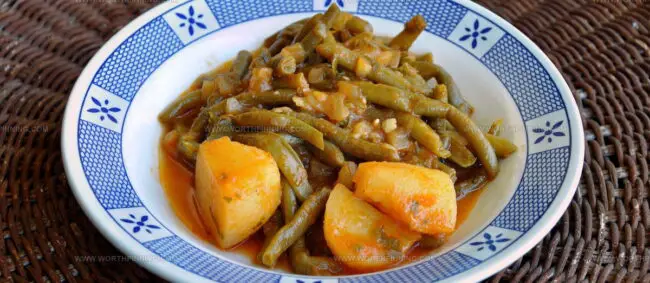
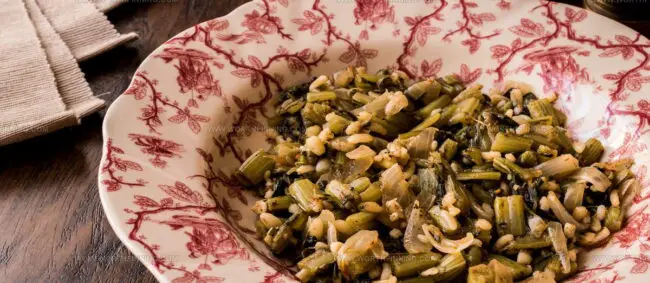
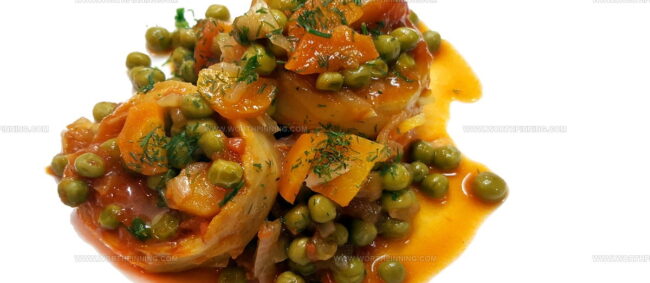
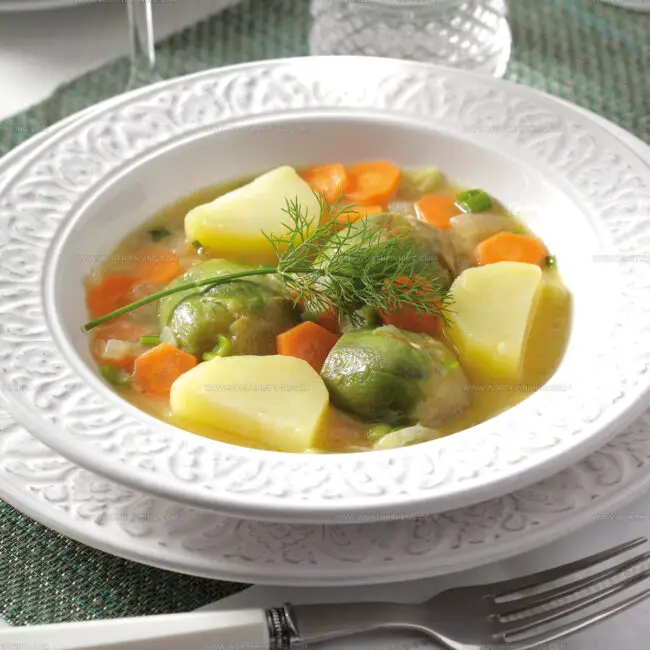
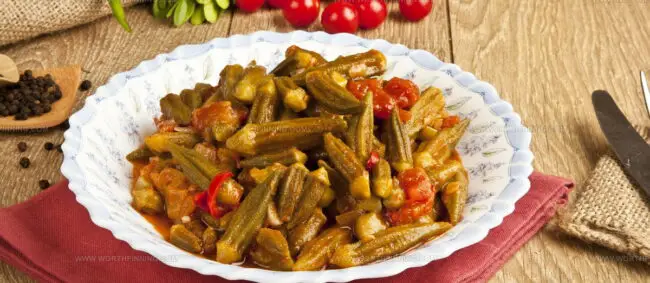
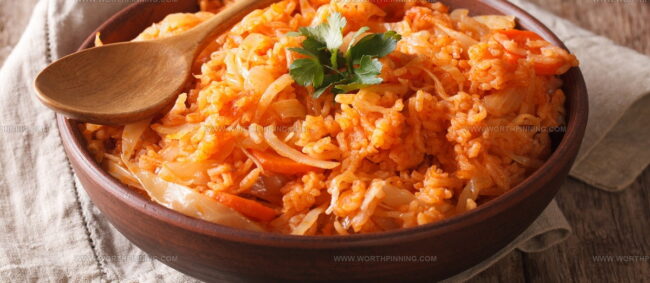
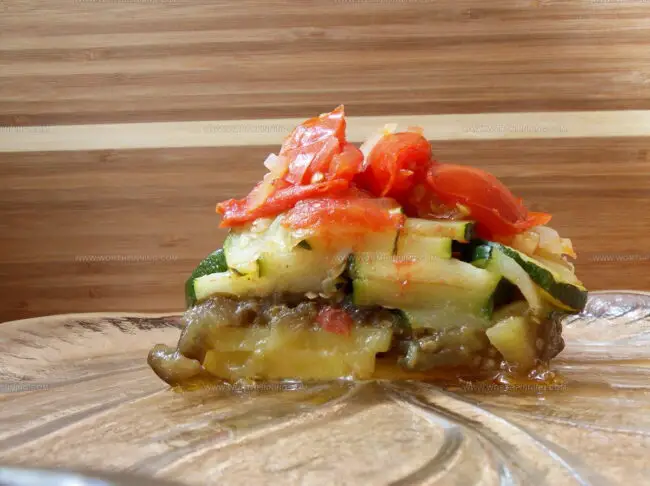
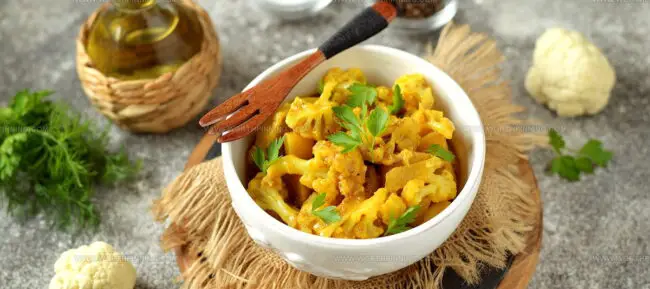
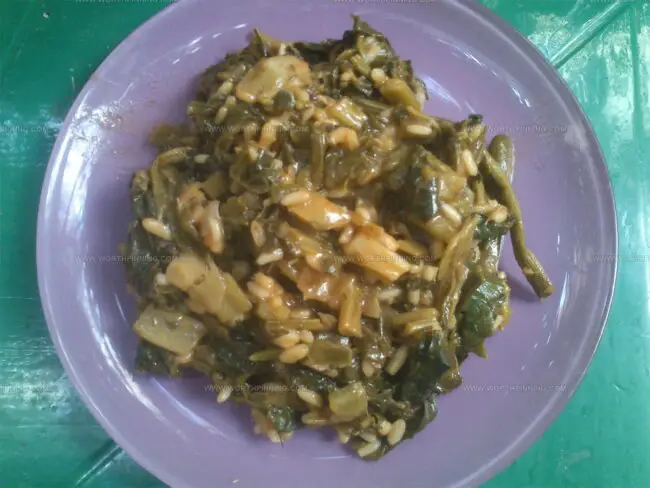

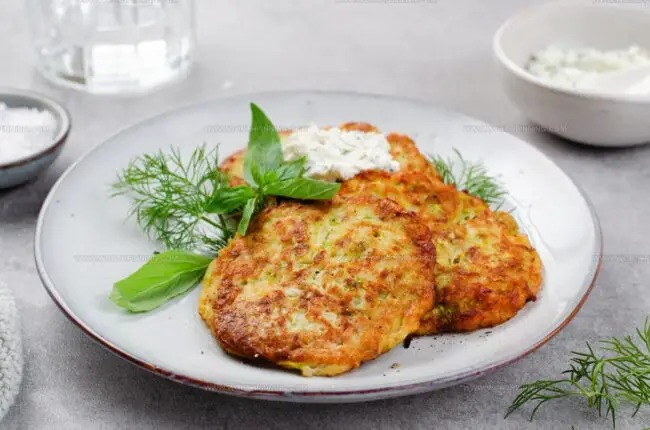

Ethan Miller
Founder & Lead Content Writer
Expertise
Education
Portland Community College
Culinary Institute of the Pacific
Ethan’s culinary journey began in his grandmother’s kitchen, where he first learned to play with flavors and ingredients. With formal training in culinary arts and a deep love for international cuisines, Ethan’s goal is to share the joy of cooking with others.
He believes food is all about creativity and bringing people together, one meal at a time. When he’s not experimenting with new dishes, he enjoys hiking in the Oregon wilderness and discovering fresh, local ingredients.